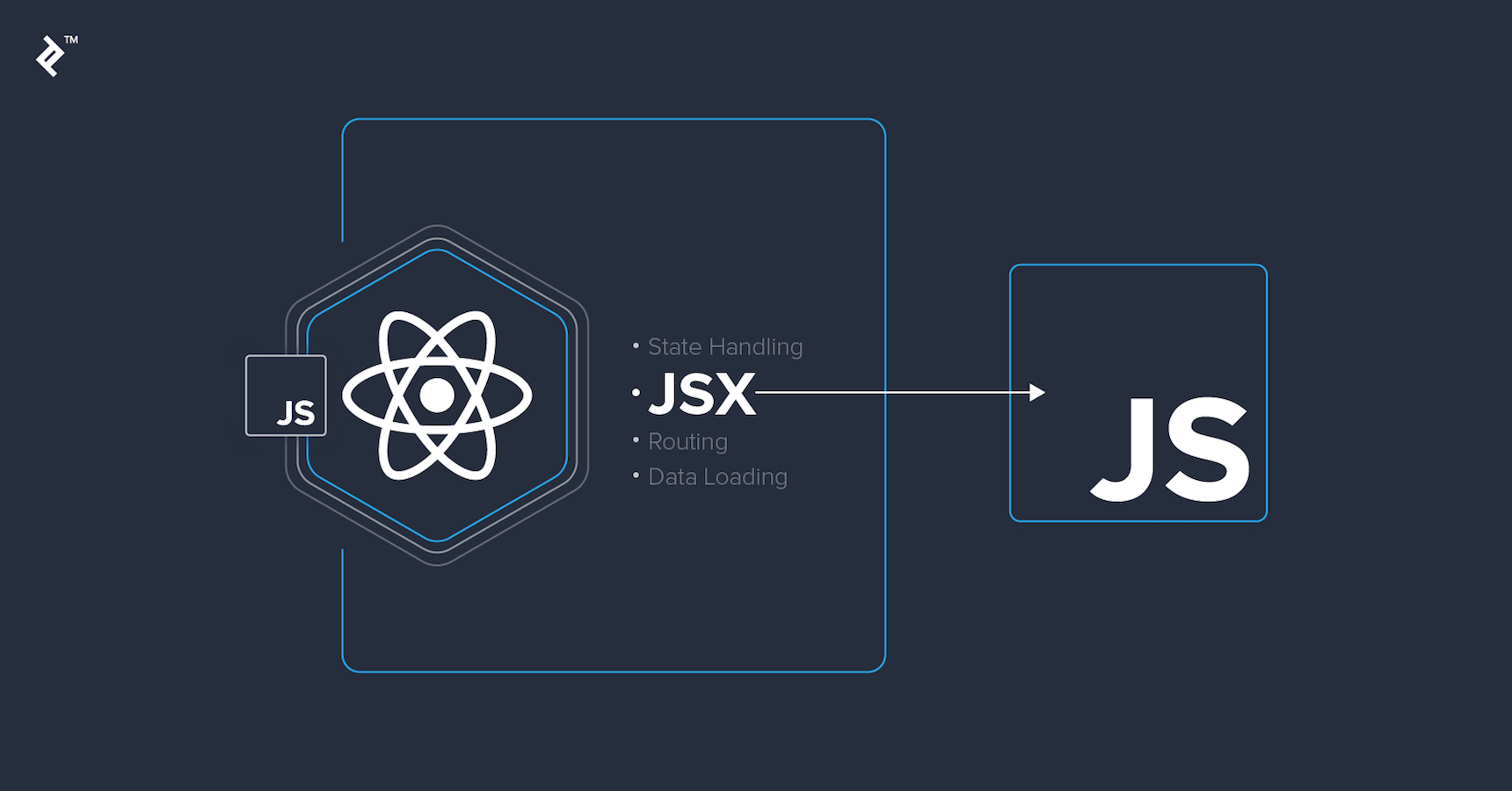Knowledge of React JSX⚡
 Sasika Chandila
Sasika ChandilaTable of contents

Introduction
React JSX stands as a pivotal element in the React.js library, offering developers an intuitive and efficient means to build dynamic user interfaces. While its syntax may resemble HTML, JSX operates within the JavaScript ecosystem, providing a bridge between markup and logic. In this comprehensive guide, we embark on an exploration of React JSX, unravelling its core concepts, syntax, transformation process, and best practices.
Understanding JSX
JSX, short for JavaScript XML, is a syntax extension that enables developers to write HTML-like code directly within JavaScript files. Unlike traditional templating engines, JSX seamlessly integrates UI markup with JavaScript logic, facilitating the creation of component-based architectures. By embedding HTML-like syntax within JavaScript, JSX simplifies the process of defining and composing UI elements, fostering a declarative and expressive programming paradigm
Syntax and Usage
In its simplest form, JSX allows developers to define React components using familiar HTML-like syntax. For instance
import React from 'react';
const WelcomeMessage = ({ name }) => {
return <h1>Hello, {name}!</h1>;
}
export default WelcomeMessage;
In the example above, we define a functional component named WelcomeMessage that accepts a name prop and renders a personalized greeting using JSX syntax.
Key Features and Functionality
Embedding JavaScript Expressions: JSX supports the embedding of JavaScript expressions within curly braces
{}within the markup. This feature enables dynamic content rendering based on variables, functions, or component states.Component Composition: JSX treats React components as custom HTML tags, facilitating the composition of complex UI structures from smaller, reusable components. This compositional approach enhances code modularity, maintainability, and scalability.
Attribute Syntax and Event Handling: JSX employs an HTML-like syntax for defining element attributes and event handlers. Developers can specify properties, styles, and event listeners directly within the JSX markup, enhancing readability and expressiveness.
Babel Transformation: Under the hood, JSX code is transformed into standard JavaScript function calls by tools like Babel. This transformation process ensures cross-browser compatibility and enables the seamless integration of modern JavaScript features within React applications.
Best Practices and Guidelines:
Consistent Formatting: Adhere to consistent indentation and formatting conventions to enhance code readability and maintainability across projects.
Component Modularization: Embrace the principle of component-based architecture by breaking down complex UIs into smaller, reusable components. This modular approach fosters code reusability, testability, and scalability.
Conditional Rendering: Leverage JavaScript expressions within JSX to conditionally render UI elements based on application logic, user interactions, or state changes.
Styling Strategies: Explore various styling methodologies such as CSS stylesheets, CSS-in-JS libraries, or component-level styling solutions like styled components. Avoid inline styles within JSX to promote separation of concerns and maintainability
Summary
React JSX stands as a cornerstone of modern web development, empowering developers to create dynamic and interactive user interfaces with unparalleled ease and flexibility. By mastering the core concepts, syntax, and best practices of JSX, developers can unlock the full potential of React.js and build immersive web applications that delight users and developers alike. As the React ecosystem continues to evolve, JSX remains a steadfast ally in the journey towards crafting elegant and resilient software solutions
Subscribe to my newsletter
Read articles from Sasika Chandila directly inside your inbox. Subscribe to the newsletter, and don't miss out.
Written by

Sasika Chandila
Sasika Chandila
Aspiring Undergraduate Software Engineer | Full Stack Developer | Java Enthusiast 🚀 Greetings! 👋 I'm Sasika Chandila, an ambitious Software Engineering undergraduate with a passion for crafting innovative solutions and enhancing user experiences. 🌐 🛠️ Tech Stack: Java: Leveraging the power of Java to build robust backend systems. React & Flutter: Creating dynamic and responsive user interfaces that captivate and engage. C# & Kotlin: Proficient in developing versatile applications for various platforms. MongoDB & SQL: Building scalable and efficient databases to drive seamless data management. HTML & CSS: Crafting visually appealing and user-friendly web applications. 🌟 Highlights Problem Solver: I thrive on challenges and enjoy solving complex problems with elegant solutions. Collaborative Team Player: Experienced in working within interdisciplinary teams to achieve common goals. Continuous Learner: Committed to staying at the forefront of technological advancements through ongoing learning and professional development. 🎓 Education: Currently pursuing a degree in Software Engineering at NIBM. 🔗 Connect with Me: Let's connect and explore opportunities to collaborate, share insights, and contribute to the ever-evolving world of technology. Open to exciting projects, internships, and networking opportunities! #SoftwareEngineering #FullStackDeveloper #TechInnovation #OpenToOpportunities